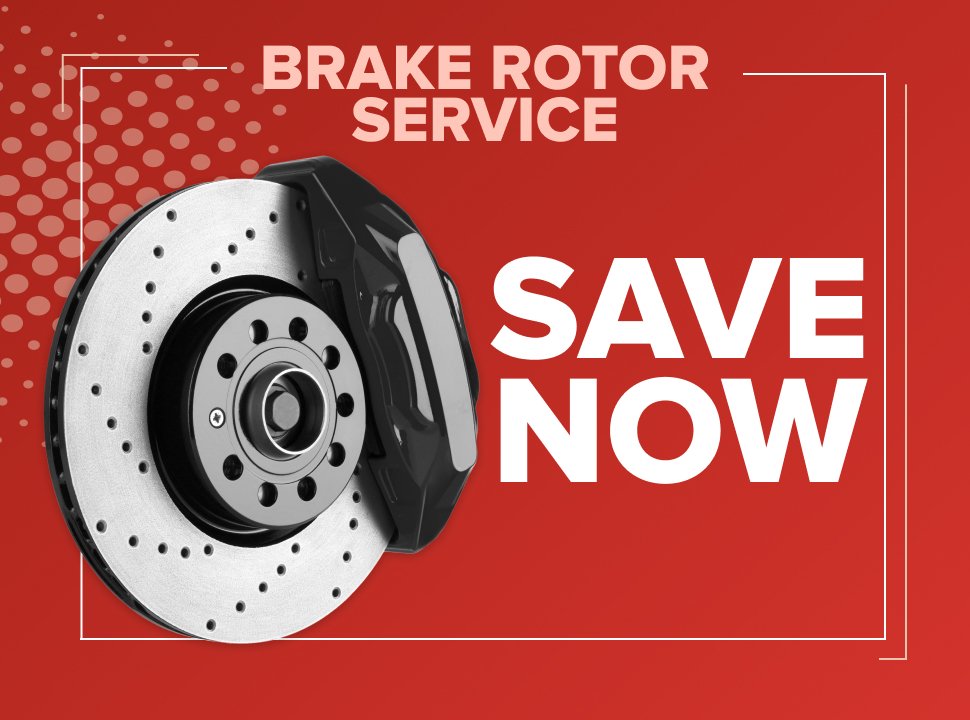
Brake pads are a crucial component of your vehicle’s braking system, ensuring safe and efficient stopping power. Over time, they wear down and require replacement to maintain optimal performance. The cost of brake pad replacement varies depending on factors such as vehicle type, pad quality, labor charges, and location.
In this comprehensive guide, we’ll break down everything you need to know about brake pad replacement costs, including:
-
Factors affecting brake pad replacement costs
-
Average costs for different vehicle types
-
DIY vs. professional replacement costs
-
Signs you need new brake pads
-
Tips to save money on brake pad replacement
By the end of this article, you’ll have a clear understanding of what to expect when replacing brake pads and how to make an informed decision.
1. Factors Affecting Brake Pad Replacement Cost
Several factors influence the total cost of replacing brake pads, including:
A. Type of Brake Pads
Brake pads come in different materials, each with varying costs and performance characteristics:
-
Organic Brake Pads ($30–$80 per axle) – Made from materials like rubber, glass, and resin. Affordable but wear out faster.
-
Ceramic Brake Pads ($80–$150 per axle) – Quieter, longer-lasting, and produce less dust but are more expensive.
-
Semi-Metallic Brake Pads ($50–$120 per axle) – Durable and heat-resistant but may be noisy and wear rotors faster.
B. Vehicle Make and Model
Luxury and performance vehicles (e.g., BMW, Mercedes, Tesla) often require more expensive brake pads than economy cars (e.g., Toyota, Honda).
-
Economy Cars: $100–$300 per axle
-
Luxury/Performance Cars: $200–$600 per axle
-
Trucks/SUVs: $150–$400 per axle
C. Labor Costs
Mechanic labor rates vary by location and shop type:
-
Dealerships: $100–$200 per hour
-
Independent Mechanics: $80–$150 per hour
-
Chain Service Centers (e.g., Midas, Firestone): $70–$130 per hour
Replacing brake pads typically takes 1–2 hours, so labor costs can add $100–$400 to the total bill.
D. Additional Repairs
Sometimes, other components need servicing along with brake pads:
-
Rotor Resurfacing or Replacement: $30–$75 per rotor (resurfacing) or $150–$300 per rotor (replacement)
-
Brake Fluid Flush: $70–$120
-
Caliper Replacement: $200–$500 per caliper
These extra services can significantly increase the total cost.
2. Average Brake Pad Replacement Cost
Here’s a breakdown of typical brake pad replacement costs for different scenarios:
| Service Type | Cost Range (Per Axle) |
|---|---|
| Basic Brake Pad Replacement (Economy Pads) | $100–$200 |
| Mid-Range Brake Pad Replacement (Ceramic/Semi-Metallic) | $150–$300 |
| Premium/Luxury Vehicle Replacement | $300–$600 |
| Full Brake Job (Pads + Rotors) | $300–$800 |
A. Front vs. Rear Brake Pad Replacement Costs
-
Front Brake Pads: Usually wear faster and cost $100–$300 per axle.
-
Rear Brake Pads: Typically last longer and cost $100–$250 per axle.
B. Cost by Vehicle Type
-
Sedans (Honda Civic, Toyota Corolla): $100–$250
-
SUVs/Trucks (Ford F-150, Jeep Grand Cherokee): $150–$400
-
Luxury Cars (BMW, Mercedes): $250–$600
-
Electric Vehicles (Tesla): $200–$500 (some EVs have regenerative braking, reducing wear)
3. DIY vs. Professional Brake Pad Replacement Costs
A. DIY Brake Pad Replacement Cost
If you’re mechanically inclined, you can save on labor by replacing brake pads yourself.
-
Parts Only: $50–$200 (depending on pad quality)
-
Tools Needed: Jack, jack stands, lug wrench, C-clamp, brake grease (~$50–$150 if you don’t own them)
-
Total DIY Cost: $100–$350
Pros:
✔ Significant cost savings
✔ Full control over parts quality
Cons:
✖ Requires mechanical skill
✖ No warranty on labor
B. Professional Brake Pad Replacement Cost
Having a mechanic do the job ensures proper installation but costs more.
-
Parts + Labor: $150–$600
-
Warranty Included: Most shops offer a 12-month/12,000-mile warranty
Pros:
✔ Expert installation
✔ Warranty coverage
Cons:
✖ Higher cost
4. Signs You Need New Brake Pads
Watch for these symptoms indicating worn brake pads:
-
Squeaking or Grinding Noise – High-pitched sounds mean pads are worn down.
-
Longer Stopping Distance – Reduced braking efficiency.
-
Vibration When Braking – Could indicate warped rotors.
-
Brake Warning Light – Some cars have a sensor that alerts you.
-
Visible Wear – Pads thinner than ¼ inch need replacement.
Ignoring these signs can lead to rotor damage, increasing repair costs.
5. How to Save Money on Brake Pad Replacement
-
Compare Quotes – Get estimates from multiple shops.
-
Use Aftermarket Pads – Often cheaper than OEM (Original Equipment Manufacturer) parts.
-
Look for Coupons – Chains like Firestone and Midas frequently offer discounts.
-
Avoid Unnecessary Services – Only replace rotors if they’re damaged.
-
DIY If Possible – If you have the skills, you can cut costs significantly.
6. Frequently Asked Questions (FAQs)
Q: How often should brake pads be replaced?
A: Typically every 30,000–70,000 miles, depending on driving habits and pad material.
Q: Can I replace just one brake pad?
A: No, always replace pads in pairs (both front or both rear) to ensure even braking.
Q: Are expensive brake pads worth it?
A: Ceramic pads last longer and reduce noise/dust, making them a good investment for many drivers.
Q: How long does brake pad replacement take?
A: About 1–2 hours for a professional; DIY may take 2–4 hours for beginners.
Q: What happens if I don’t replace worn brake pads?
A: Metal-on-metal contact can damage rotors, leading to a $400+ repair bill instead of a simple pad change.
7. Conclusion
Brake pad replacement costs vary based on vehicle type, pad quality, and labor rates. On average, expect to pay:
-
$100–$300 per axle for most cars
-
$200–$600 for luxury/performance vehicles
-
$300–$800 if rotors also need replacement
DIY can save money, but professional installation ensures safety and warranty coverage. Always address brake issues promptly to avoid costly damage.
By understanding these factors, you can make an informed decision and keep your vehicle’s braking system in top condition.
Would you like recommendations for specific brake pad brands or shops in your area? Let us know in the comments!
